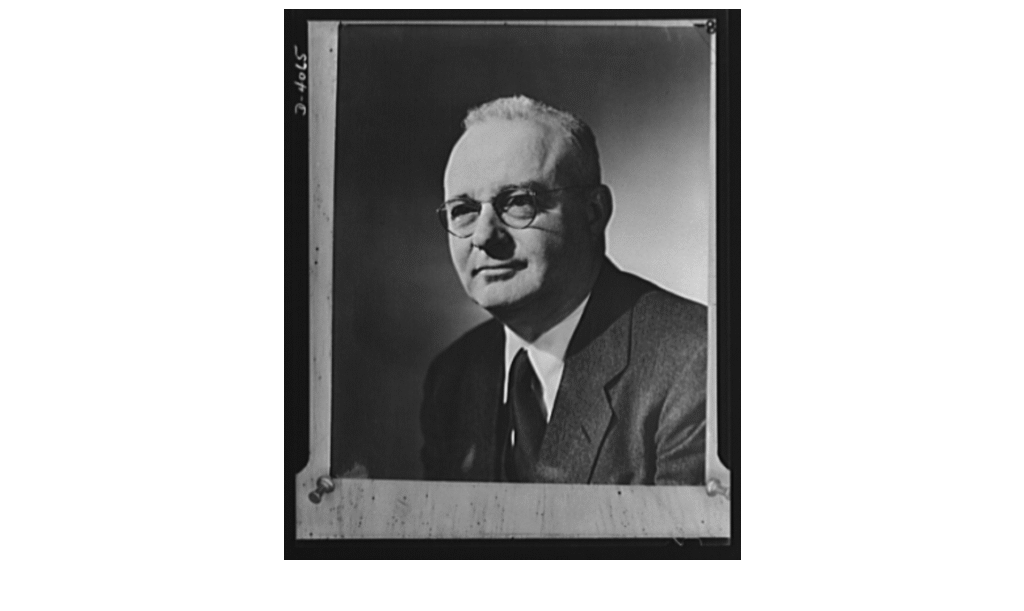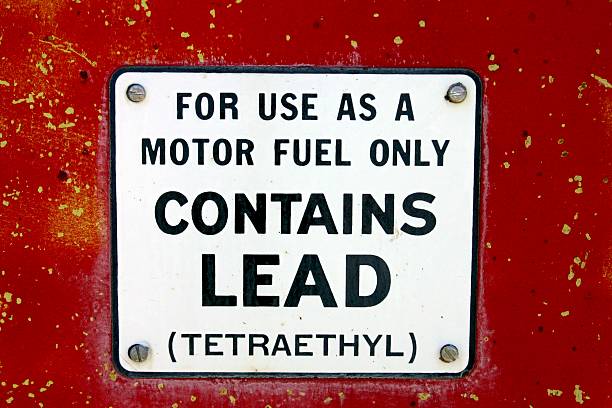There is an old adage that states, “Just because you can do something, doesn’t necessarily mean that you should.
You may not know the name Thomas Midgley Jr, but in certain circles, he is known as the most dangerous inventor that ever lived. Midgley was a chemical engineer that came up with ideas that awarded him over 100 patents.
Two of those patents caused irreparable damage to human health and environmental wreckage that will take generations to reverse.
Midgley worked for General Motors and was tasked to find a cheap way to make gasoline work in higher compression engines. Under compression, gasoline at the time tended to detonate prematurely, more commonly called “pinging,” causing internal engine damage, performance loss, and inefficiency.

By adding tetraethyllead, or TEL for short, Midgley solved the problem. Leaded gas was the final product and dominated the market for decades.
When you hear the term “leaded gasoline” today, it is surrounded by negative connotation. Fumes from automobiles fueled with leaded gasoline have been blamed for all sorts of things such as lower IQs and hyperactivity in children. Researchers have even blamed a steep rise in crime to accidental or environmentally inhaled leaded gasoline.
Regardless of the dangers, from the mid 1920s to 1975, leaded gasoline was the standard fuel used in most cars in America.
It would be easy for us in hindsight to state that the people in charge of things like this were unaware of the risks with this fuel, but that has proved over time to be false. In 1924, 15 factory workers died from lead poisoning at refineries in the United States. Midgley contracted lead poisoning himself in 1923, having to take a sabbatical to recover.
The EPA and OSHA had no comment on the situation, as they did not exist yet. There has been proof that Midgley knew that this was a bad idea in 1932 but left the problem for the next generation to deal with. He even once held a press conference pouring TEL on his hands knowing it was poisonous.
Ballsy move, honestly.
Humans have known that lead is poisonous since before Jesus was born, so why did we think it was okay to burn and emit in the air? Profits over safety and hubris are my guesses.
Midgley also created Chlorofluorocarbons (CFC) in the 1930s for use in refrigeration and air conditioning.

This was known as R-12 or by the trade name Freon and made by the Dupont company for decades. This gas, used by Frigidaire, a subsidy of General Motors, mostly in appliances. Since automobile air conditioning didn’t catch on until much later, the negative impact of CFCs was not known until the 1970s, long after Midgley passed away from suicide in 1944 after contracting polio.
While Midgely is blamed for unleashing the gas upon the atmosphere, historically there is no proof he knew how much damage that CFCs caused. Some inventors simply do not know what they do not know.
Lessons can be learned from Midgley. As we approach new automotive technologies, such as electric vehicles, computer interfaces, and artificial intelligence, we must understand that there are consequences that may happen that we could never imagine.
Materials used today must not flaw the futures of our grandchildren and beyond for a profit. Artificial intelligence additions to our cars must have fail safes and kill switches.
Our transportation will always be important, but it must also be ethical. We must hold the people involved in its creation to a higher standard than ever before. This is not a political stance, it is the standard we need to set for those that come after us.
As for me, I will see you on the road!











